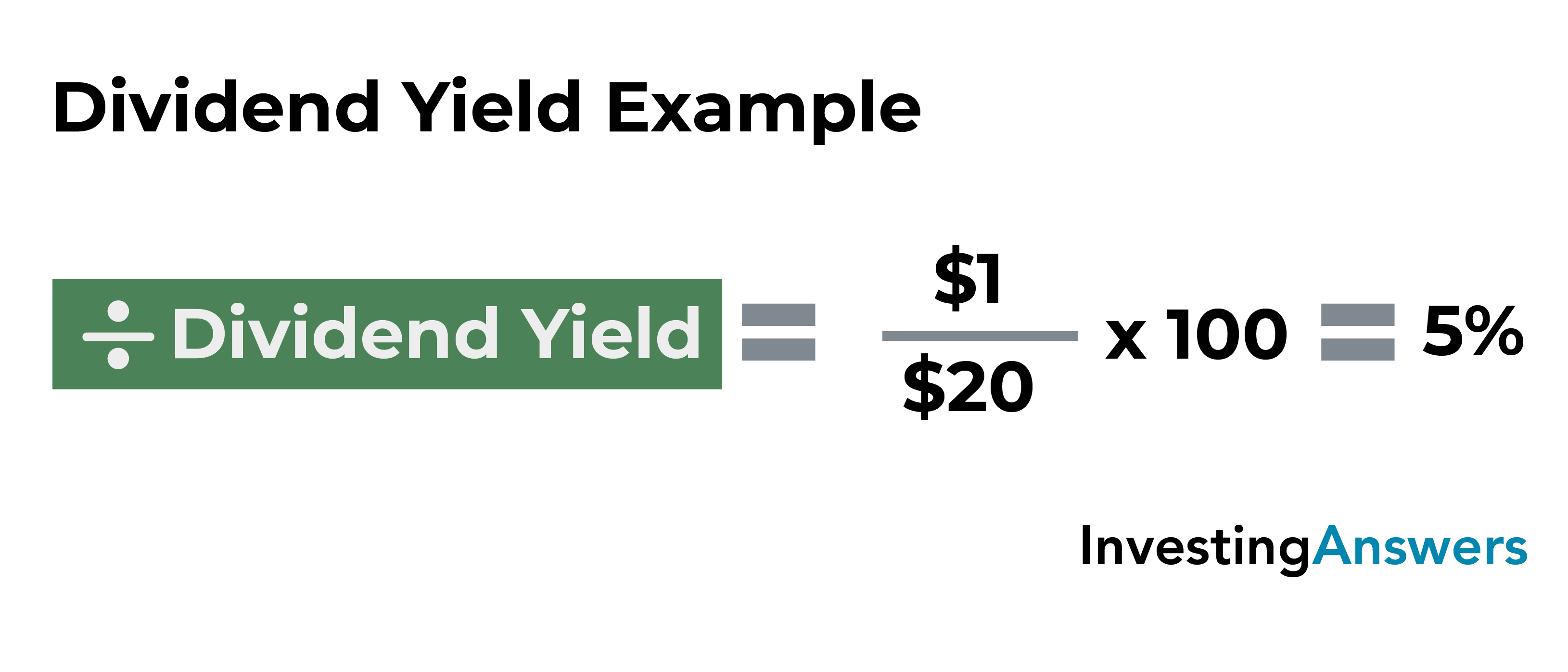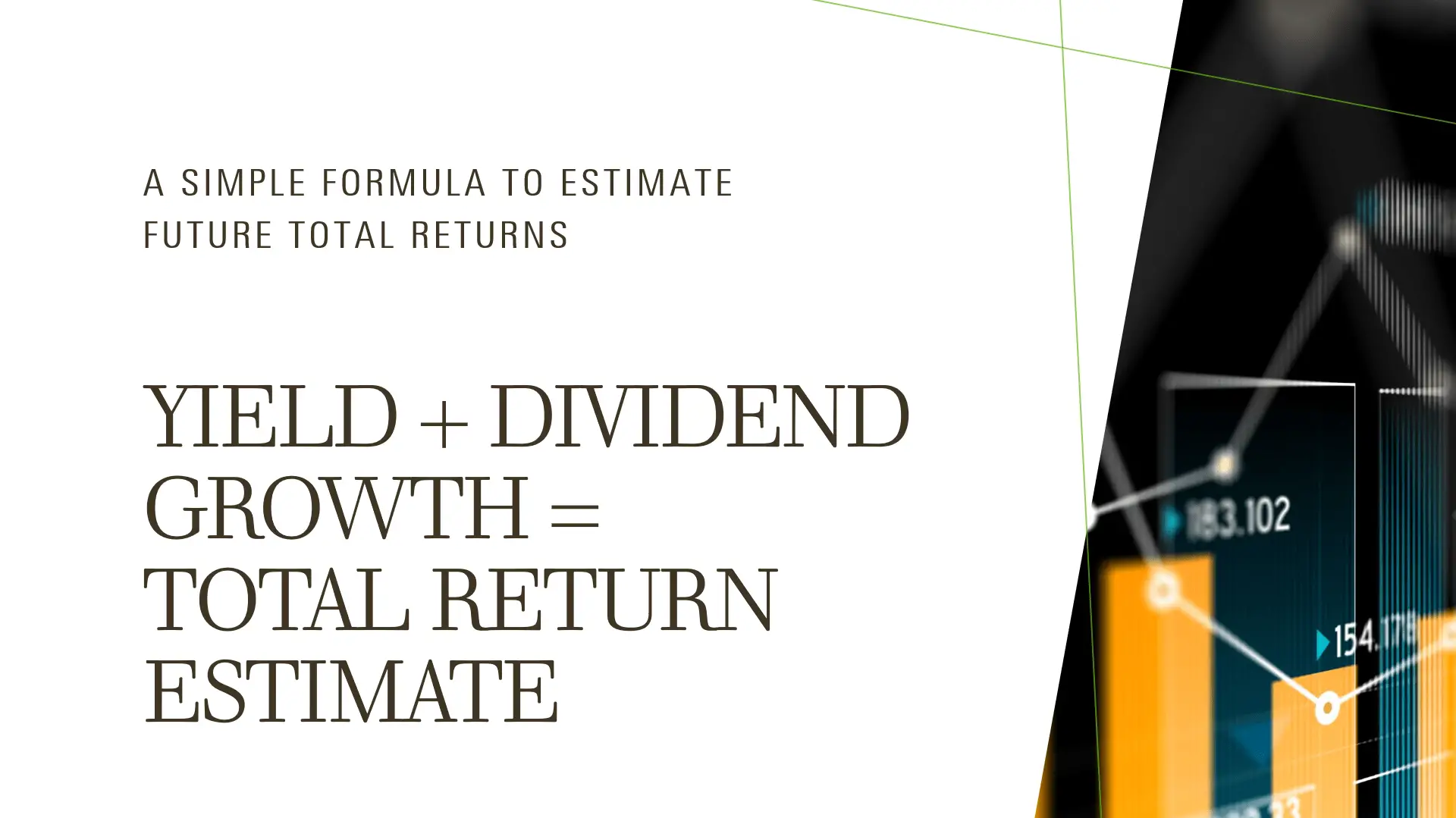Dividend Yield Formula with Calculator

Dividend yield is calculated by dividing the total amount of dividends paid during the year by the price of the investment at the beginning of that year. Don’t just assume that the next dividend payment will be equal overnight camp tax deducation to the last. Companies occasionally issue special dividends, and dividends can also get cut. Take the time to research the company and make sure the dividend yield you think a stock will pay matches up with reality.
A History of Dividend Growth
• For many investors, the primary reason to invest in dividend stocks is for income. So when using dividend yield as a way to evaluate income, it’s important to be aware of company fundamentals that provide assurance as to company stability and consistency of the dividend payout. Dividend yield, on the other hand, refers to a stock’s annual dividend payments divided by the stock’s current price, and expressed as a percentage.
Do share prices affect dividend yield?
High dividend yields may be attractive, but they may also come at the expense of the potential growth of the company. It can be assumed that every dollar a company is paying in dividends to its shareholders is a dollar that the company is not reinvesting to grow and generate more capital gains. Even without earning any dividends, shareholders have the potential to earn higher returns if the value of their stock increases while they hold it as a result of company growth.

Advanced Stock Screeners and Research Tools
A company’s dividend history also provides insights into management’s future plans (i.e. reinvest for growth or reward current investors). Dividend yield can help assess a company’s valuation relative to its peers, but there are other factors to consider when researching stocks that pay out dividends. Dividend yield tells you the value of a company’s annual dividend payment as a percentage of its stock price. Forbes Advisor’s dividend yield calculator helps you factor a given company’s dividend yield, taking into account share price, dividend frequency and dividend payment amount. A high dividend yield could also suggest that a company is distributing too much profits as dividends rather than investing in growth opportunities or new projects.
Q. Are dividend yields annual?
- If the dividend yield is significantly different than its historical level or is significantly different from similar companies, it can help inform whether a stock is trading for a better — or worse — valuation.
- Calculating a stock’s dividend yield is an important part of knowing the overall value of the stock.
- Calculating the dividend yield of an investment is useful for investors who want to compare companies and the dividends they pay.
- It’s important to realize that a stock’s dividend yield can change over time, either in response to market fluctuations or as a result of dividend increases or decreases by the issuing company.
Let’s say that the $100 stock described above has gone up in value by $10 after a year. So you’ve gained 10% in appreciation, plus that 5% dividend yield, for a total return of 15%. If you’re investing for the long term, be sure to consider a stock’s total return potential in addition to the yield.
For a stock with fluctuating dividend payments, it may make sense to take the four most recent quarterly dividends to arrive at the trailing annual dividend. Dividend payments are expressed as a dollar amount, and supplement the return a stock produces over the course of a year. For an investor interested in total return, learning how to calculate dividend yield for different companies can help to decide which company may be a better investment. Certain investors believe the dividend payout ratio is a better indicator of a company’s ability to distribute dividends consistently in the future.
The primary reason to understand dividend yield is to help you understand which stocks offer you the highest return on your dividend investing dollar. One of the big advantages of preferred stock is that it dependably pays regular dividends, although common stock may also pay out regular dividends. Unlike bond interest payments, however, dividend payments are not guaranteed. Companies may cut or even eliminate dividends when they experience hard economic times.
When a stock price falls quickly and the dividend payout remains equal the dividend yield ratio increases. For instance, if stock ABC were originally $60 with a $1.50, its yield would be 2.5%. If the stock price falls to $50 and the $1.50 dividend payout is maintained, its new yield will be 3%.
